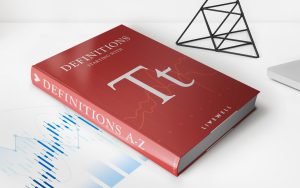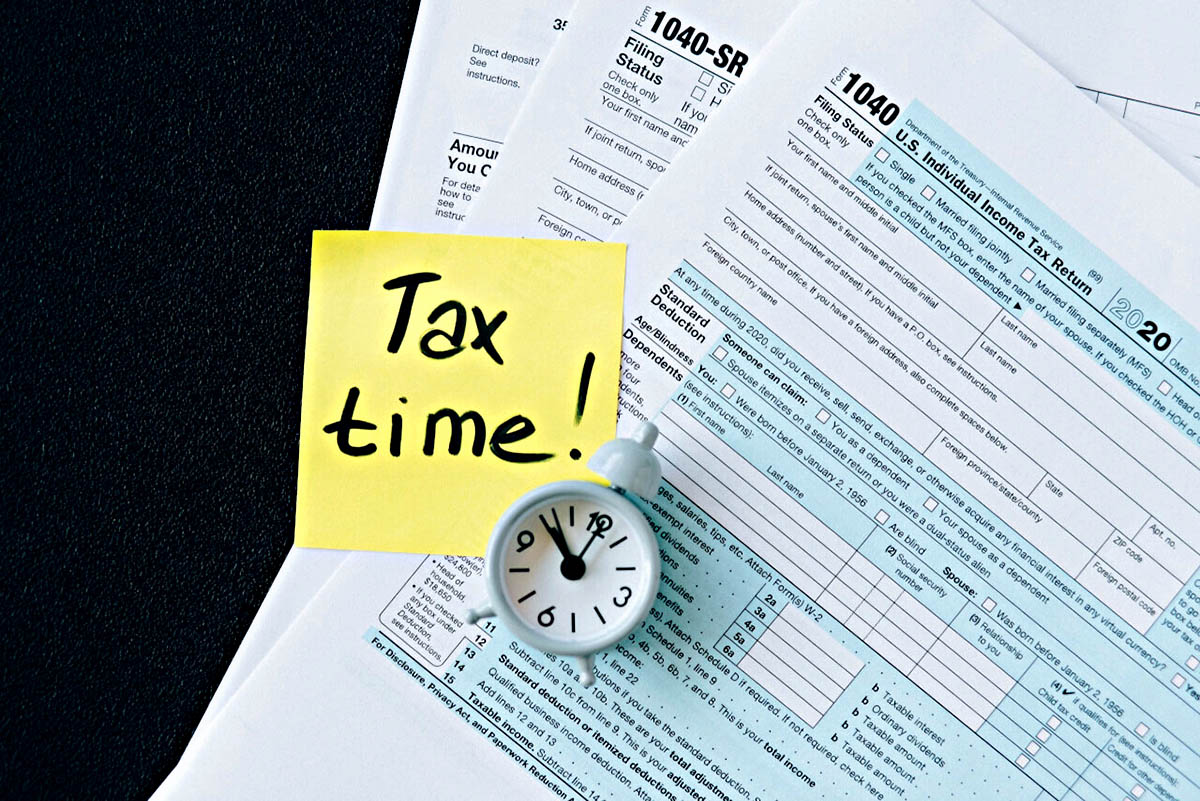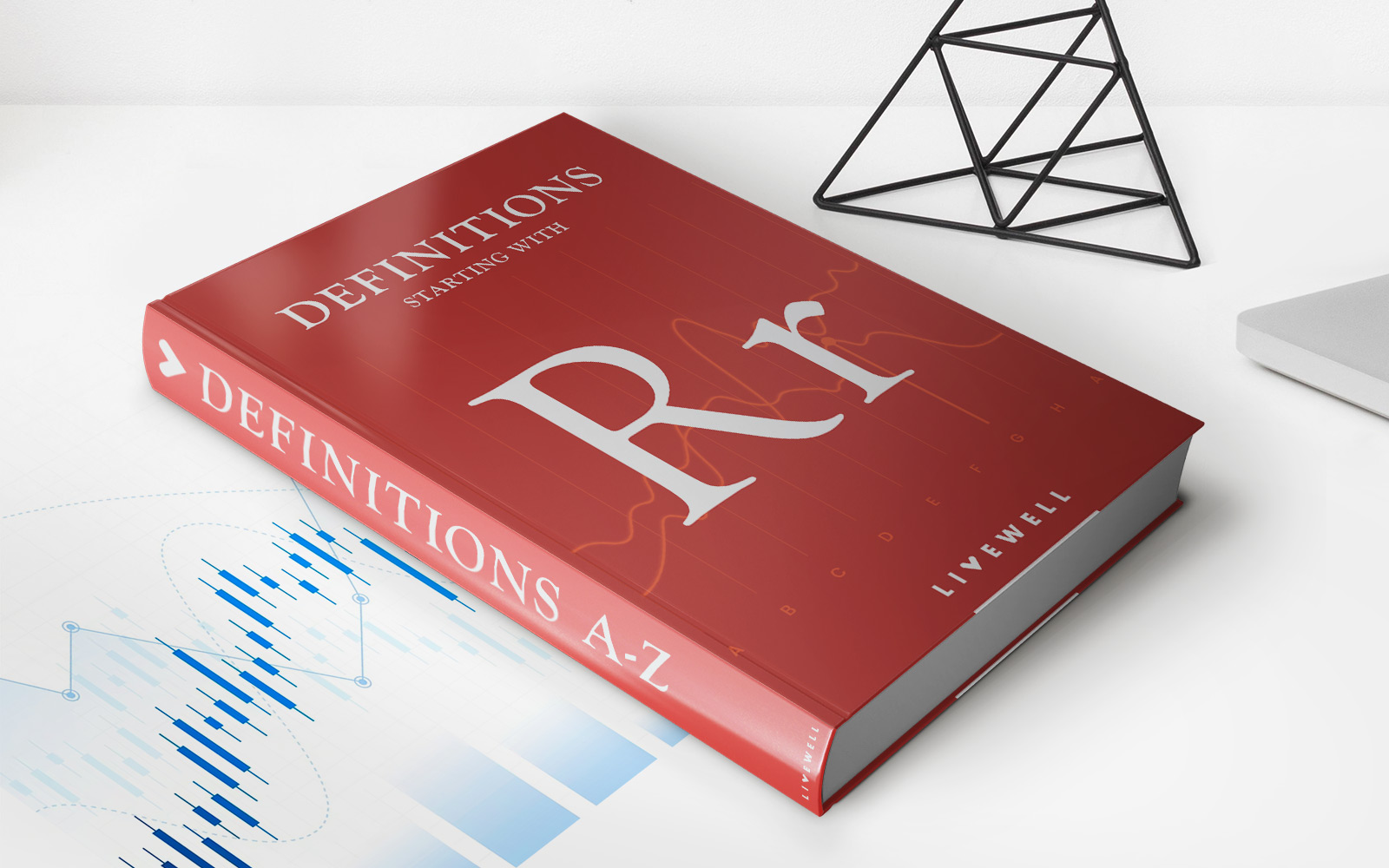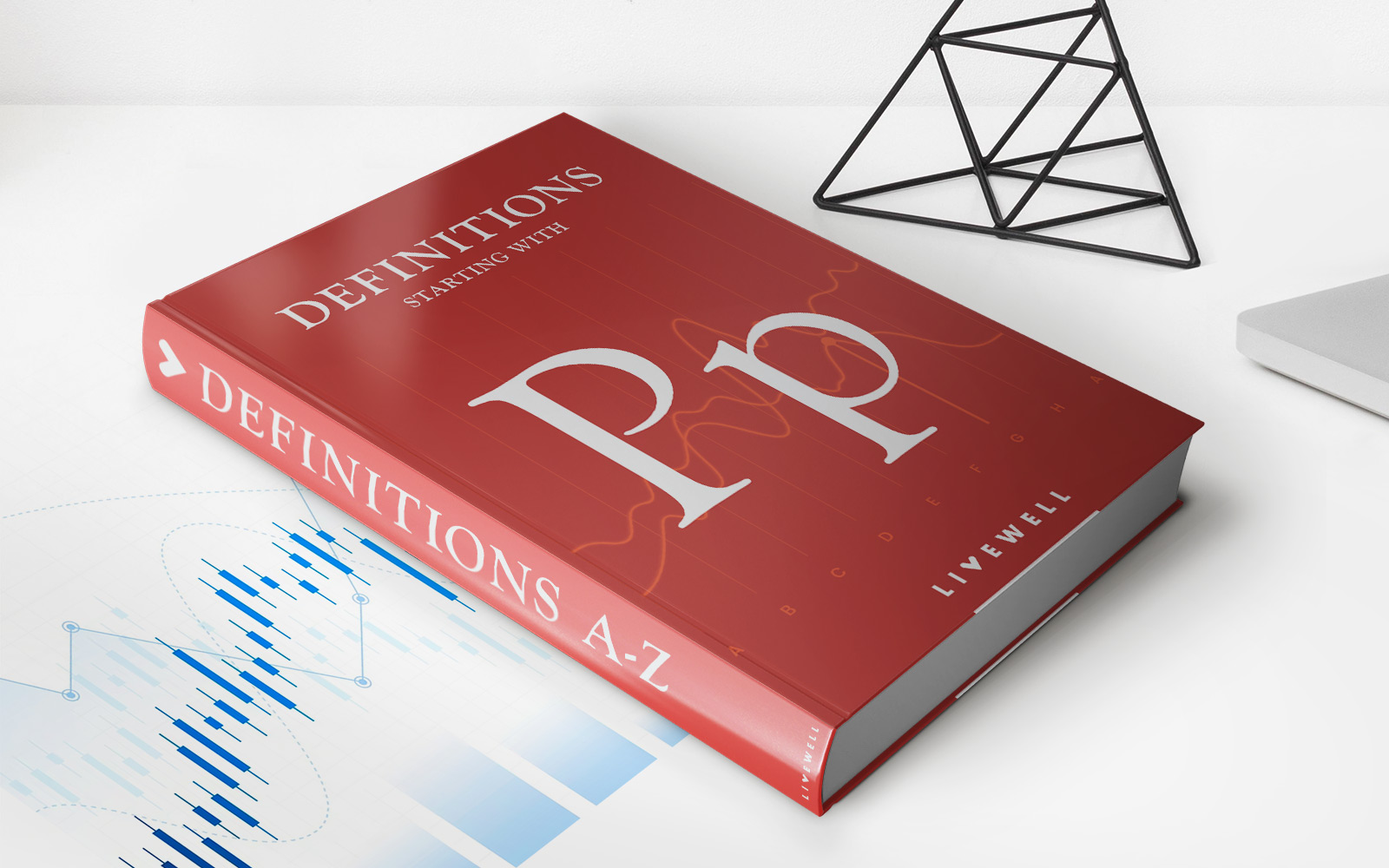Home>Finance>Tax Rate Definition, Effective Tax Rates, And Tax Brackets


Finance
Tax Rate Definition, Effective Tax Rates, And Tax Brackets
Published: February 6, 2024
Learn about finance - from tax rate definition and effective tax rates to understanding tax brackets. Enhance your financial knowledge with our comprehensive guide.
(Many of the links in this article redirect to a specific reviewed product. Your purchase of these products through affiliate links helps to generate commission for LiveWell, at no extra cost. Learn more)
Tax Rate Definition, Effective Tax Rates, and Tax Brackets: Understanding Your Finances
Welcome to the Finance category of our blog, where we dive into various topics related to managing your money. In this blog post, we will be discussing tax rates, effective tax rates, and tax brackets. Understanding these concepts is crucial for anyone looking to optimize their finances and plan for the future.
Thankfully, we’ve got you covered! In this article, we will break down the tax rate definition, explain effective tax rates, and help you understand how tax brackets work. By the end, you’ll be well-equipped to navigate the complex world of taxation.
Key Takeaways:
- Tax rates determine the percentage of your income that you owe to the government as taxes.
- Effective tax rates take into account deductions and credits to provide a more accurate representation of your overall tax burden.
What Is a Tax Rate?
Let’s start with the tax rate definition. A tax rate is a percentage that determines how much of your income you owe in taxes. The government uses tax rates to collect revenue to fund public services and programs. Tax rates vary depending on your income level and the nature of the income (e.g., earned income, capital gains).
It is important to understand that tax rates are progressive, meaning that as your income increases, you may move into higher tax brackets, resulting in a higher percentage of your income being taxed. This is where tax brackets come into play.
How Do Tax Brackets Work?
Tax brackets are the ranges of income that determine the tax rates applicable to each range. These brackets are divided into several tiers, with each tier having its own tax rate. As your income increases, you will move into higher tax brackets and be subject to higher tax rates.
It’s crucial to note that only the income within each tax bracket is taxed at that rate. For example, if you fall into the 30% tax bracket, it doesn’t mean your entire income is taxed at 30% – only the portion within that bracket is taxed at that rate. The rest of your income is taxed at the respective rates within the lower tax brackets.
Tax brackets can be a bit confusing, but they play a vital role in determining how much tax you owe. Understanding which bracket you fall into is key to effective tax planning and optimizing your financial situation.
Effective Tax Rates: The Big Picture
While tax brackets help us understand the progressive nature of taxation, they don’t always give an accurate picture of your actual tax burden. That’s where effective tax rates come in.
Effective tax rates take into account deductions, credits, and other tax-related factors to provide a more accurate representation of your overall tax burden. By factoring in these variables, you can get a better understanding of how much of your income is actually going toward taxes.
Calculating your effective tax rate may require professional assistance or the use of specialized software. However, it can be a valuable tool in determining your tax planning strategies and optimizing your finances.
Conclusion
Understanding tax rates, effective tax rates, and tax brackets is essential for anyone looking to take control of their finances. By familiarizing yourself with these concepts, you can make informed decisions about tax planning and optimize your financial situation.
Remember, tax rates determine the percentage of your income owed in taxes, while tax brackets determine the applicable tax rates based on income ranges. Effective tax rates provide a more accurate picture of your overall tax burden by considering deductions and credits. With this newfound knowledge, you’ll be better equipped to navigate the complexities of taxation and take control of your financial future.














